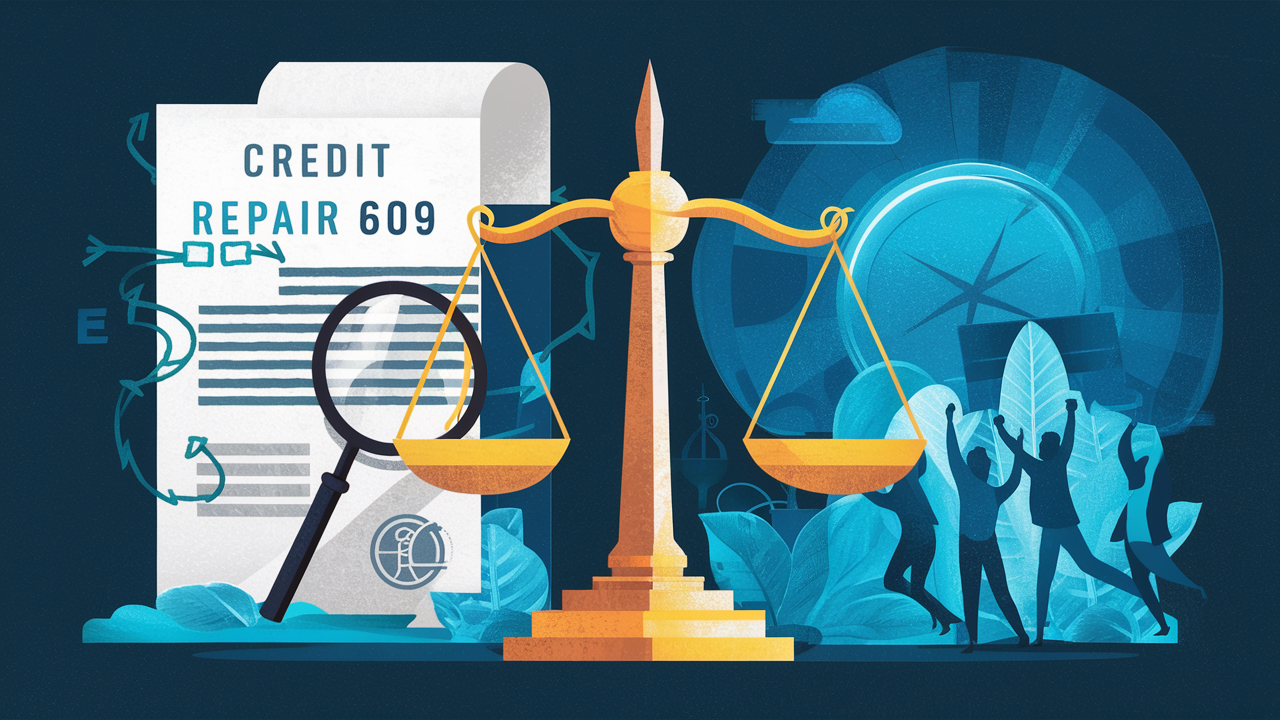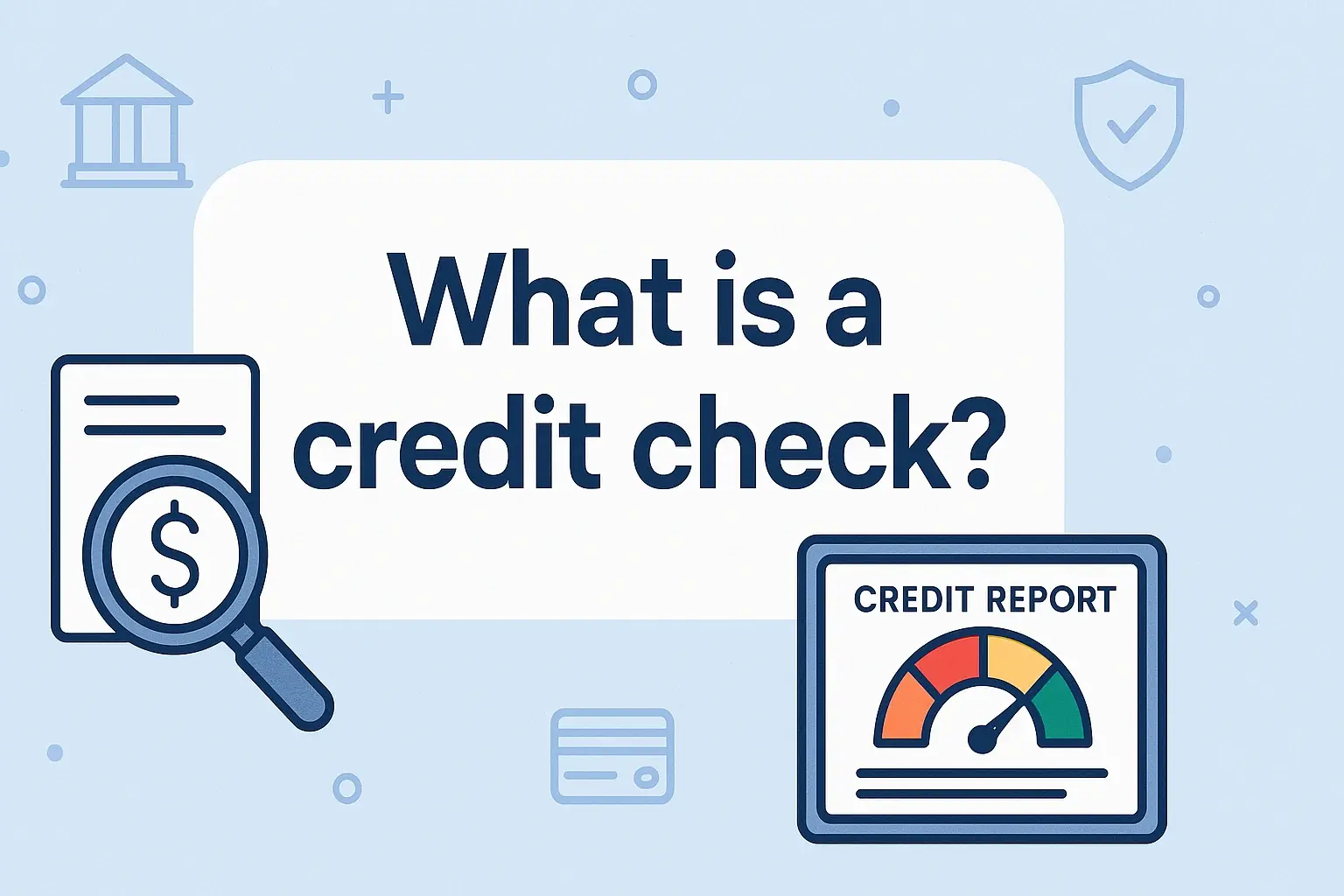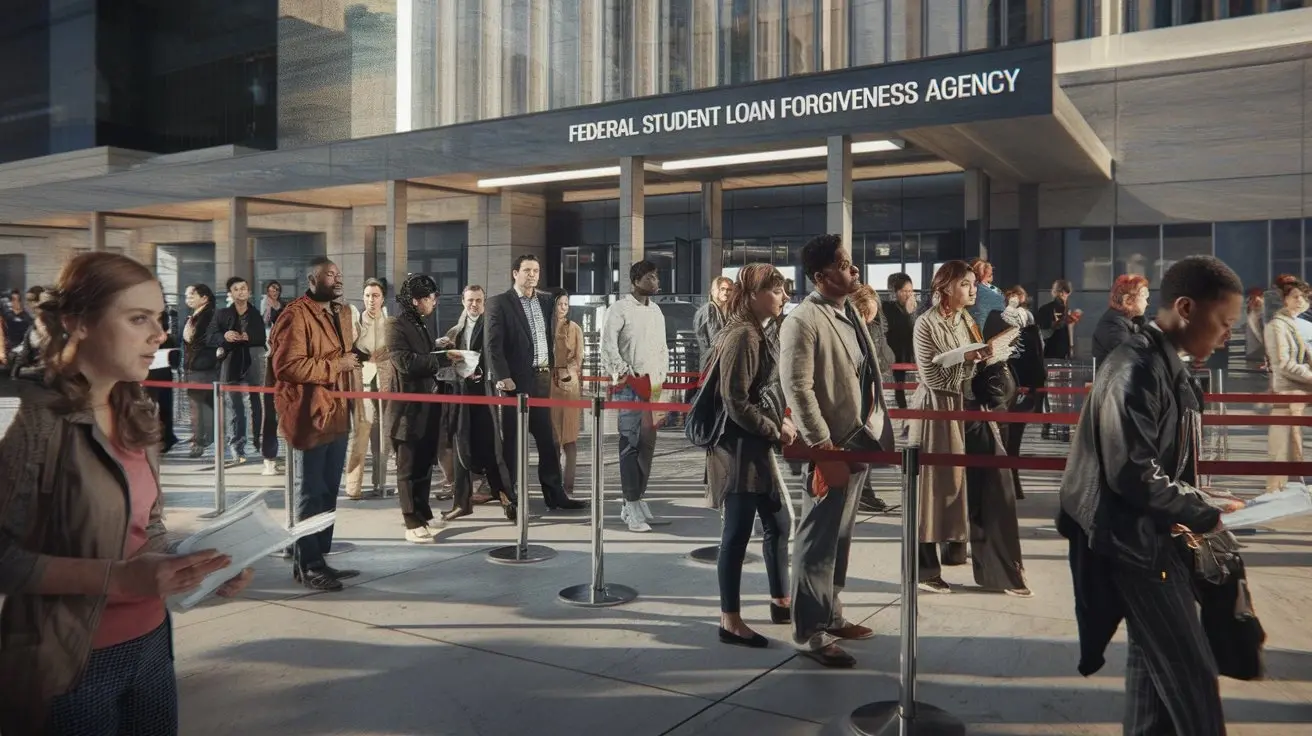-
Posted on: 24 Jul 2024

-
Improving your credit score can feel like navigating a complex maze. You may have encountered the term "Credit Repair Loophole 609" and wondered if it's a legitimate shortcut to a better credit report. This comprehensive guide will explore what this so-called "loophole" actually is, how it works (or is supposed to work), its legality, and whether it's a viable option for you. We'll delve into the Fair Credit Reporting Act (FCRA) and Section 609, the foundation of this method, and provide practical steps to understanding and potentially utilizing this approach. Understanding your rights and responsibilities is key to successfully navigating the world of credit repair.
Understanding the Basics: What is Credit Repair?
Before diving into Section 609, let's define credit repair. Credit repair is the process of improving your credit score by addressing inaccuracies and outdated information on your credit reports. This can involve disputing errors, negotiating with creditors, and developing responsible financial habits.
Credit reports are maintained by three major credit bureaus: Equifax, Experian, and TransUnion. These reports contain information about your credit history, including payment history, outstanding debt, and public records. Lenders use this information to assess your creditworthiness, which influences whether you're approved for loans, credit cards, and even rental applications. A poor credit score can result in higher interest rates, denied applications, and other financial disadvantages.
What is Credit Repair Loophole 609? The Core Concept
The term "Credit Repair Loophole 609" refers to a strategy based on Section 609 of the Fair Credit Reporting Act (FCRA). Specifically, Section 609(a)(1)(A) of the FCRA states that credit bureaus must disclose the "sources of information" that they use to create your credit report. The idea behind the "loophole" is that if a credit bureau cannot verify the accuracy and completeness of the information provided by the source, it must remove the disputed item from your credit report.
In essence, the 609 dispute letter, a key tool in this process, is a formal request to the credit bureaus demanding verification of the information on your credit report. Proponents of the "loophole" believe that if the bureaus cannot provide complete and accurate documentation, the negative item must be removed, regardless of its legitimacy. However, it's crucial to understand the nuances and limitations of this approach, which we'll explore further.
Section 609 of the Fair Credit Reporting Act (FCRA): The Legal Basis
Understanding the FCRA is vital. The FCRA is a federal law that regulates the collection, use, and dissemination of consumer credit information. It grants consumers several rights, including the right to access their credit reports, dispute inaccuracies, and have those inaccuracies corrected. Section 609 is just one part of this comprehensive law, but it's the foundation upon which the "609 loophole" is built.
It's important to remember that the FCRA is designed to ensure fairness and accuracy in credit reporting. It doesn't guarantee that negative items will be removed simply because you request it. The bureaus have a responsibility to investigate disputes and verify the information with the original source. If the information is verified as accurate, it will likely remain on your report.
How the "609 Loophole" is Supposed to Work: A Step-by-Step Guide
The process typically involves the following steps:
- Obtain Your Credit Reports: Start by obtaining copies of your credit reports from all three major credit bureaus (Equifax, Experian, and TransUnion). You can get a free copy from AnnualCreditReport.com once per year.
- Identify Negative Items: Carefully review your credit reports and identify any negative items, such as late payments, charge-offs, collections, or bankruptcies. Note the specific accounts and the information you want to dispute.
- Draft a 609 Dispute Letter: Write a formal dispute letter to each credit bureau. In the letter, clearly identify the specific items you are disputing and request verification of the information, citing Section 609 of the FCRA. Do *not* admit responsibility for the debt. Keep the letter concise and professional.
- Send the Dispute Letters: Send the dispute letters to the credit bureaus via certified mail with return receipt requested. This provides proof that the bureaus received your letter. Send separate letters to each bureau.
- Wait for a Response: The credit bureaus have 30 days to investigate your dispute. They will contact the creditor or original source of the information to verify its accuracy.
- Review the Results: The credit bureau will send you a response with the results of their investigation. If the bureau cannot verify the information, it must be removed from your credit report. If the information is verified, it will remain on your report.
- Follow Up (If Necessary): If the bureau verifies the information and you still believe it's inaccurate, you can submit additional documentation to support your claim. You can also file a complaint with the Consumer Financial Protection Bureau (CFPB).
Example 609 Dispute Letter Template
Here's a basic template for a 609 dispute letter. Remember to customize it with your specific information:
[Your Name] [Your Address] [Your Phone Number] [Your Email Address] [Date] [Credit Bureau Name] [Credit Bureau Address] Subject: Credit Report Dispute – Account #[Account Number] Dear [Credit Bureau Name], I am writing to dispute the following information on my credit report, account number [Account Number], provided to me on [Date you obtained the credit report]: [Specifically describe the item you are disputing, e.g., "Late payment on October 2023," "Incorrect balance," "Account not belonging to me."] I am requesting verification of this information pursuant to Section 609 of the Fair Credit Reporting Act (FCRA). According to the FCRA, you are required to provide the sources of this information and verify its accuracy and completeness. If you cannot verify the information as required by law, please remove it from my credit report immediately. Please send me a copy of the results of your investigation. Thank you for your time and attention to this matter. Sincerely, [Your Signature] [Your Typed Name]The Reality vs. the Hype: Is It a Legitimate Strategy?
While Section 609 of the FCRA is a real legal provision, the term "Credit Repair Loophole" is often misleading. It implies that there's an easy, guaranteed way to remove negative items from your credit report, which is rarely the case.
Here's the reality:
- It's Not a Magic Bullet: Sending a 609 dispute letter is not a guaranteed way to remove negative items. The credit bureaus will investigate your dispute and verify the information. If the information is accurate and verifiable, it will remain on your report.
- It's Effective for Inaccurate Information: The 609 dispute process is most effective when disputing genuinely inaccurate, incomplete, or outdated information. This could include errors in account balances, incorrect payment history, or accounts that don't belong to you.
- It's Not a Way to Avoid Legitimate Debt: You cannot use the 609 process to remove legitimate debt that you owe. If the information is accurate and verifiable, the credit bureaus will likely uphold it.
- You Must Be Honest: Submitting false or misleading information to the credit bureaus is illegal and can have serious consequences.
The Importance of Accuracy and Verification
The core of the 609 dispute process lies in the accuracy and verifiability of the information on your credit report. If a creditor or collection agency cannot provide sufficient documentation to support the accuracy of a negative item, the credit bureau *is* obligated to remove it. This is why it's important for creditors to maintain accurate records and respond to credit bureau inquiries promptly.
However, keep in mind that creditors have systems in place to verify information. They typically have records of your payment history, account balances, and other relevant details. If they can provide this information to the credit bureaus, the negative item will likely remain on your report.
Common Mistakes to Avoid When Using the 609 Strategy
Many people make mistakes when trying to use the "609 loophole," which can hinder their credit repair efforts. Here are some common pitfalls to avoid:
- Sending Generic Dispute Letters: Using generic, pre-written dispute letters can be ineffective. Credit bureaus may recognize these templates and dismiss them without thorough investigation. Tailor your letters to the specific items you are disputing and provide clear explanations.
- Disputing Accurate Information: Disputing accurate information is a waste of time and can even be detrimental. It's important to focus on genuinely inaccurate or incomplete information.
- Admitting Responsibility for the Debt: Avoid admitting responsibility for the debt in your dispute letter. This can weaken your position and make it more difficult to challenge the information.
- Not Keeping Records: Keep meticulous records of all your correspondence with the credit bureaus, including copies of your dispute letters, return receipts, and any responses you receive. This documentation is crucial if you need to escalate your dispute.
- Not Following Up: If you don't receive a response from the credit bureau within 30 days, follow up with them to inquire about the status of your dispute.
- Relying Solely on the 609 Strategy: The 609 dispute process is just one tool in the credit repair arsenal. It's important to also focus on building positive credit habits, such as paying your bills on time and keeping your credit utilization low.
When to Consider Professional Credit Repair Services
While you can certainly attempt credit repair on your own, there are situations where hiring a professional credit repair service might be beneficial. Consider seeking professional help if:
- You're Overwhelmed by the Process: Credit repair can be time-consuming and confusing. A professional service can handle the process for you, freeing up your time and reducing your stress.
- You Have Complex Credit Issues: If you have multiple negative items or complex credit issues, a professional service can provide expert guidance and develop a tailored strategy.
- You're Unsure How to Proceed: If you're unsure how to navigate the credit repair process, a professional service can provide the knowledge and expertise you need.
- You Want to Save Time and Effort: A professional service can handle all aspects of the credit repair process, from obtaining your credit reports to disputing inaccuracies to negotiating with creditors.
Important Note: Be wary of credit repair companies that make unrealistic promises or guarantee specific results. Legitimate credit repair services will be transparent about their fees and services and will not make false or misleading claims. Always research a company thoroughly before hiring them and check their reputation with the Better Business Bureau (BBB).
Building Positive Credit: The Long-Term Solution
While disputing inaccuracies is a crucial part of credit repair, building positive credit habits is essential for long-term success. Here are some strategies to improve your credit score:
- Pay Your Bills on Time: Payment history is the most important factor in your credit score. Always pay your bills on time, every time.
- Keep Your Credit Utilization Low: Credit utilization is the amount of credit you're using compared to your total available credit. Aim to keep your credit utilization below 30%.
- Become an Authorized User: If you have a friend or family member with a good credit history, ask if you can become an authorized user on their credit card. Their positive payment history can help improve your credit score.
- Get a Secured Credit Card: A secured credit card requires a security deposit, which typically becomes your credit limit. Using a secured card responsibly can help you build credit.
- Monitor Your Credit Reports Regularly: Check your credit reports regularly for errors and signs of identity theft. You can get a free copy of your credit report from each of the three major credit bureaus once per year at AnnualCreditReport.com.










